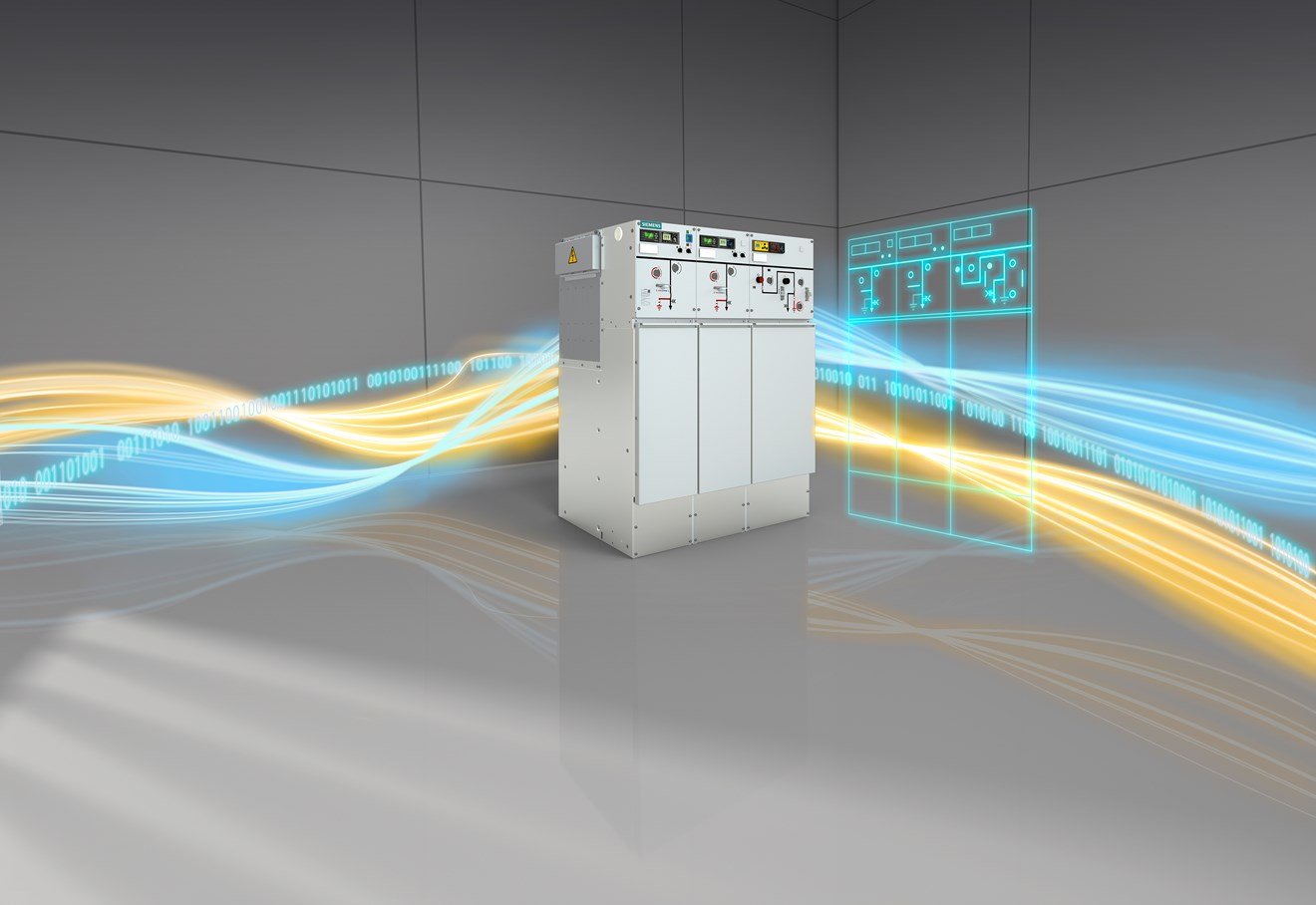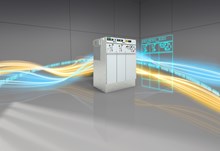The energy network supplier will pilot innovative new switchgear technology developed by Siemens that, if successful and rolled out more widely, has the potential to reduce the volume of a greenhouse gas currently used in its substations.
The first UK installation of an 8DJH 12 switchgear ring main unit means that the substation will be able to operate free of sulphur hexafluoride (SF6), which is commonly used as an insulator for electrical equipment in substations across the UK. The new technology is climate-neutral as it is comprised of components from clean air, which has had all its humidity and impurities removed.
Substations exist to 'step down' high voltage electricity from the transmission system to lower voltage electricity so it can be easily supplied to homes and businesses through power lines. SP Energy Networks currently owns and operates 30,000 substations across its licence areas in Scotland, North West England and Wales.
The trial will take place at an SP Energy Networks substation in MacLean Square in Glasgow, just across the River Clyde from the Scottish Event Campus (SEC), where the United Nations Climate Change Conference (COP26) will take place later this year.
SP Energy Networks is working with Siemens, which developed the pioneering new Blue Gas-Insulated Switchgear, to have the equipment delivered and installed at the Glasgow substation by the end of this summer, ensuring it will be in place by the time world leaders arrive in Glasgow for the landmark event.
Colin Taylor, Director of Processes and Technology at SP Energy Networks, said: “We’re always looking for innovations that reduce our environmental impacts and make our network more environmentally sustainable. The pilot for our new ‘clean-air’ technology is an exciting development in our work to reduce greenhouse gas emissions and support the decarbonisation of our industry.
“Traditionally, SF6 is used as an insulator in switchgear but this new trial will use a climate-neutral insulation comprised of components from ambient air which will help us to reduce our CO2 footprint, make it safer to handle the switchgear and easier to recycle at the end of its service life.
“It’s a major step forward for us as we try new ways to achieve Net Zero carbon emissions and learnings from this trial will help us develop our grid system going forward as we continue to lead the way towards a greener, cleaner, more sustainable future.”
Jon Turner, Head of Siemens Distribution Systems Businesses for GB and Ireland, said: “We’re proud to work with SP Energy Networks to specify, manufacture and install the latest in ‘Clean Air’ switchgear technology from our Siemens Blue GIS range at their site in Glasgow. The climate-neutral insulation medium used, which is comprised exclusively of natural components from ambient air, is a game changer, removing the need for fluorinated gases and reducing SP Energy Network’s carbon risk.”
As part of the ScottishPower group, a Principal Partner for the United Nations Climate Change Conference (COP26) to be held in Glasgow later this year, SP Energy Networks is developing an energy model that will play a significant role in reaching the UK’s world-leading climate change targets.
It is investing a total of £10bn in the clean energy generation and networks infrastructure needed to help the UK decarbonise and reach Net Zero emissions.
SP Energy Networks owns and manages overhead and underground powerlines in Central and Southern Scotland as well as Merseyside, Cheshire, North Wales and North Shropshire.


